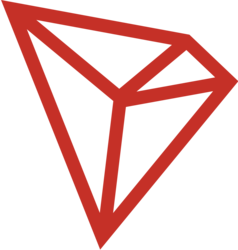Ethereum developers are gearing up for the much-anticipated Dencun upgrade, scheduled for Wednesday, poised to introduce the most significant code changes to the blockchain in over a year. Named as a fusion of the project names Deneb and Cancun, Dencun comprises two upgrades unfolding simultaneously on Ethereum’s consensus and execution layers.
Anticipated to commence around 13:55 UTC (9:55 a.m. ET), this technical “hard fork” in blockchain terminology is primed to usher in a new era of reduced fees for the burgeoning array of auxiliary networks, known as layer-2 (L2) “rollups,” that operate atop Ethereum. The primary catalyst for this shift will be the activation of a new Ethereum Improvement Proposal (EIP) called proto-danksharding, or EIP-4844, intended to enhance the chain’s capacity to manage data from L2 networks.
While elements of the Dencun upgrade have been in the works for several years, engineering concerns prompted developers to postpone its implementation from the initial target of late 2023. Subsequently, the package underwent testing across three separate test networks (testnets), with the majority of these tests proceeding smoothly. In celebration of Dencun’s official launch, some Ethereum enthusiasts are participating in watch parties, with the EthStaker developer community and Nethermind, a leading Ethereum infrastructure team, each hosting live streams.
Dencun represents Ethereum’s most substantial update since the Shapella upgrade of April 2023, which facilitated withdrawals of staked ether (ETH). The key component of Dencun is proto-danksharding, introducing a novel method for storing transaction data on Ethereum known as blobs. This upgrade is poised to benefit layer-2 networks such as Arbitrum, Optimism, and Polygon the most. These networks play a pivotal role in scaling Ethereum by aggregating transactions from users and settling them in large batches on the Ethereum chain.
Following Dencun, layer-2 networks will be able to post data to Ethereum within a dedicated blobspace, thereby reducing costs associated with squeezing data into conventional transactions. Proto-danksharding marks Ethereum’s initial foray into sharding, a set of techniques aimed at processing more transactions cost-effectively by fragmenting the blockchain into mini-shards or mini-chains. While a fully developed version of sharding is still years away, proto-danksharding is expected to alleviate Ethereum’s high gas fees in the near term by reducing fees for L2 networks.
Moreover, proto-danksharding will benefit a new class of blockchains known as data availability (DA) layers, which assist networks in storing large volumes of data. Polygon co-founder Jordi Baylina noted that increased data availability on Ethereum could drive down prices due to supply and demand dynamics.
Looking ahead, Ethereum developers will shift their focus to Electra + Prague (Petra), the next upgrade after Dencun. While the specific features of this upgrade have yet to be finalized, Verkle Trees, a new data category aimed at enhancing node storage capabilities, is among the leading contenders.
In essence, the Dencun upgrade represents a significant milestone for Ethereum, enabling more seamless collaboration among developers across the ecosystem and laying the groundwork for enhanced scalability and user experiences.




























